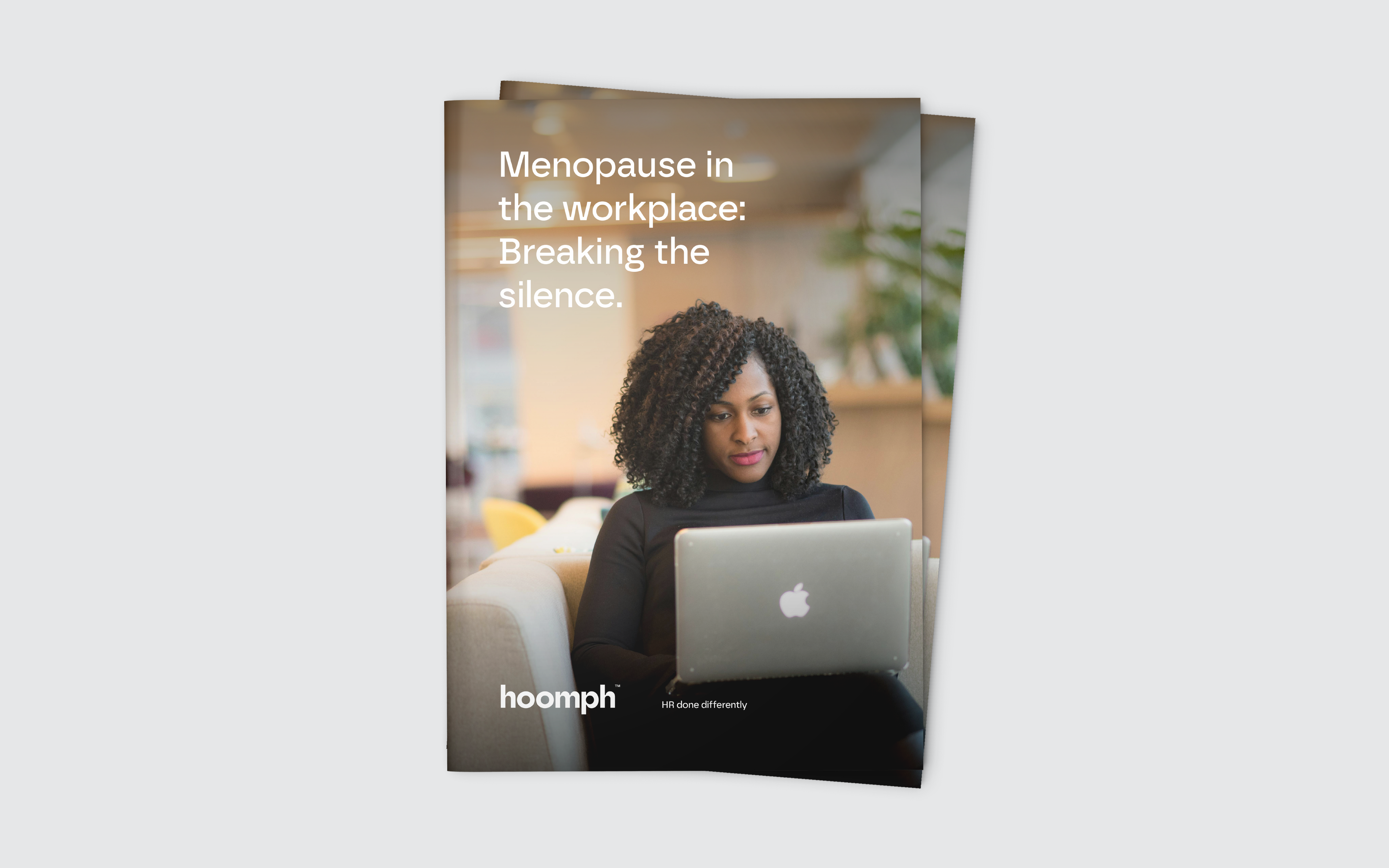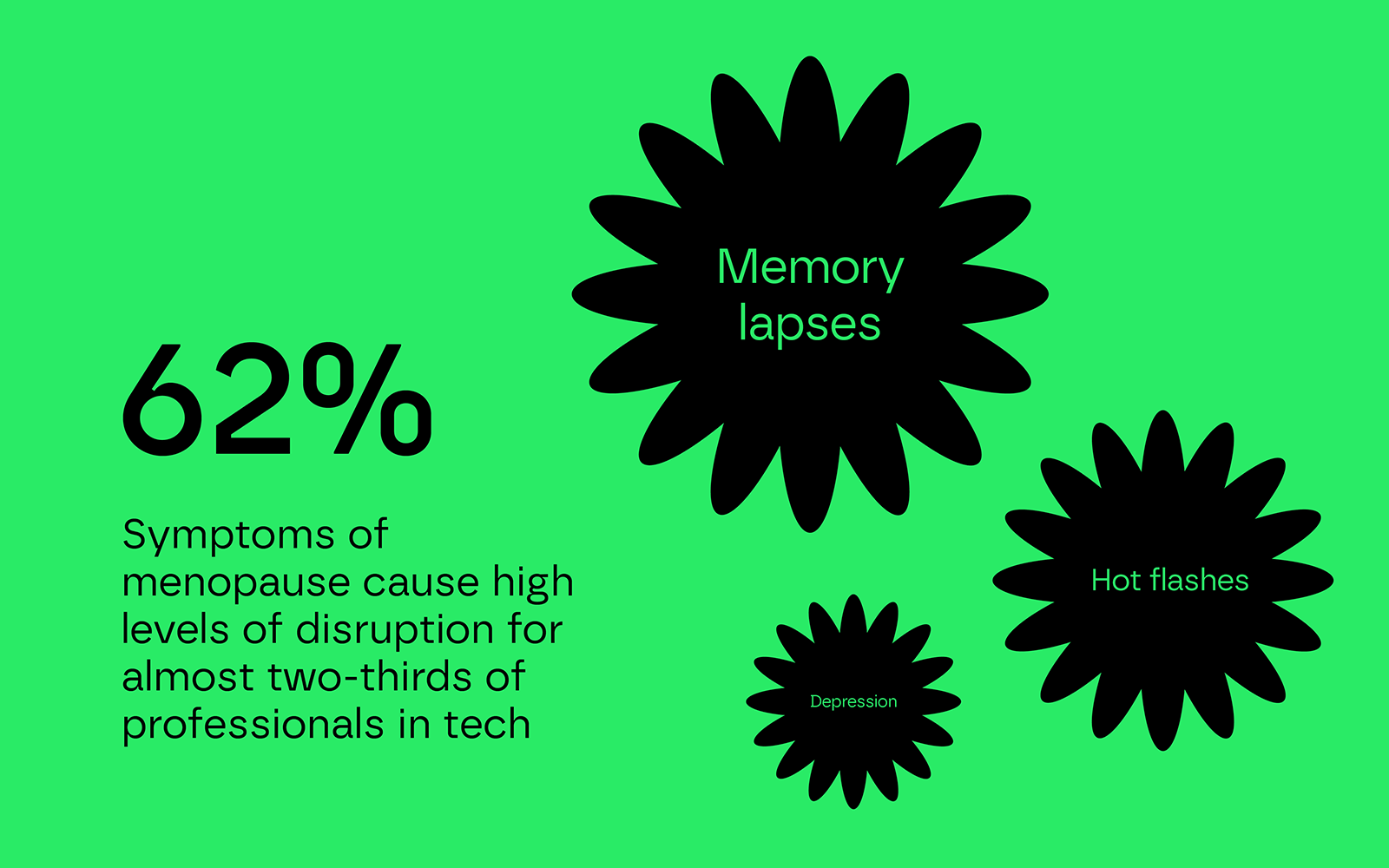Despite the tech industry's reputation for innovation and progress, its approach to supporting women through menopause appears significantly stunted. Our recent research report, commissioned by Censuswide and based on a survey of 1,000 women, reveals almost two-thirds of professionals (62%) experience high levels of disruption due to menopause. Alarmingly, one in five (20%) also consider quitting their jobs because of it.
These sobering statistics uncover a critical gap that employers must address – not only to foster a more inclusive culture and help battle the stigma surrounding menopause, but to retain their female talent too.
The silent struggle undermining gender progress
Once a growing part of the diversity, equity, and inclusion (DEI) agenda, efforts to empower women in tech roles have taken a major hit recently. From the closure of female-focused nonprofits – including Women Who Code and Girls in Tech – to dwindling investments for female-founded startups, the funding squeeze presents a major bottleneck for progress. And that’s only the tip of the iceberg.
According to hoomph's recent report, Menopause in the workplace: Breaking the silence, help for women battling the effects of menopause at work is also severely lacking, exacerbating the gender gap holding our working women back. Almost three-quarters (72%) of respondents experience – or have experienced – a lack of support from employers during this critical life stage. From hot flashes and muscle aches to memory lapses and depression, the symptoms of menopause cause high levels of disruption for almost two-thirds (62%) of professionals in tech too, with more than one in five (20%) admitting to having considered quitting their role as a result.
Importantly, these challenges don’t just impact women in the height of menopause. In fact, for many respondents, early symptoms needn’t have even started before the desire for information sets in; more than three-quarters (82%) of women in technology voice a wish for greater awareness surrounding menopause, both during and before they’ve experienced it.

.webp)




